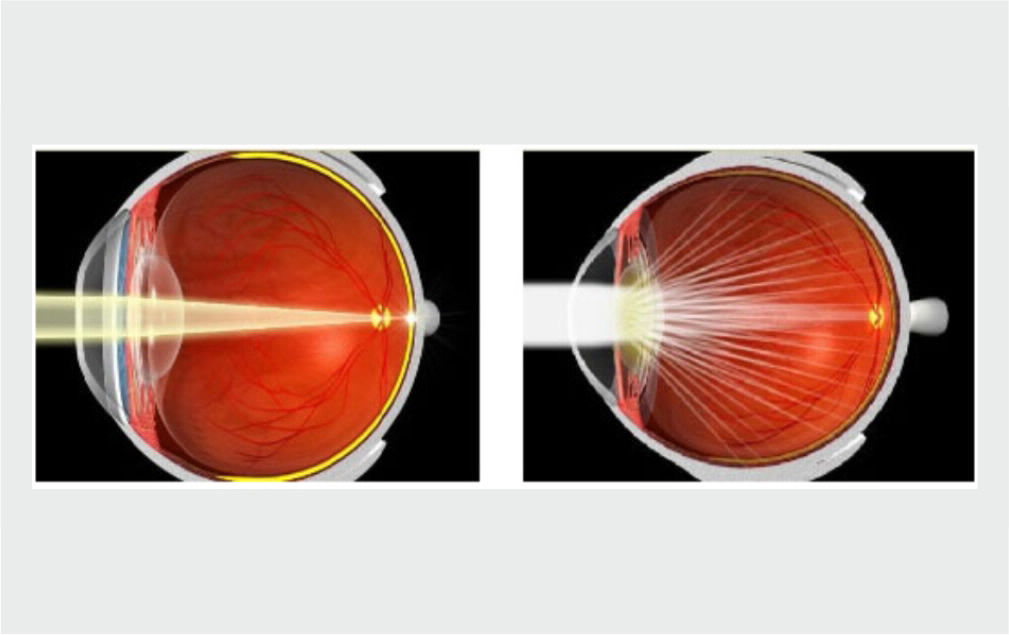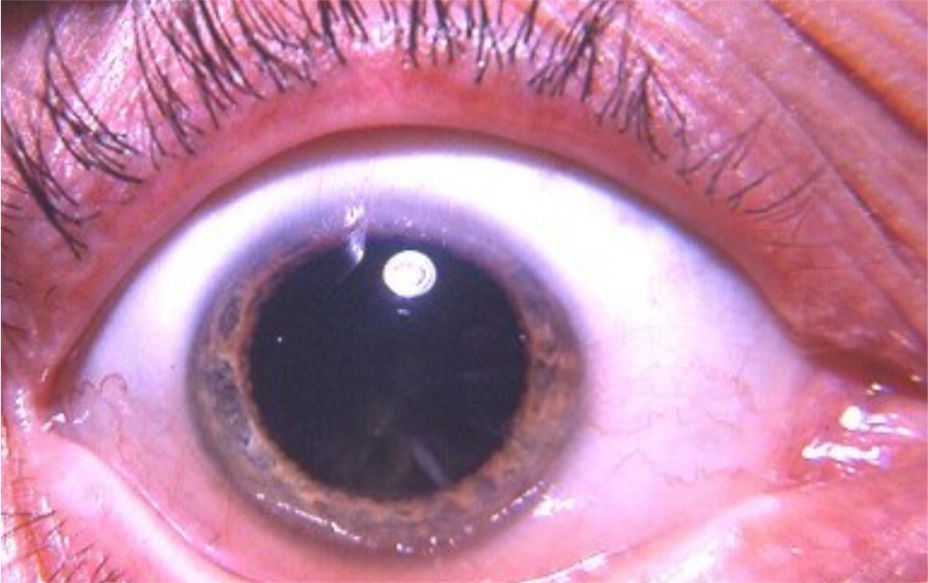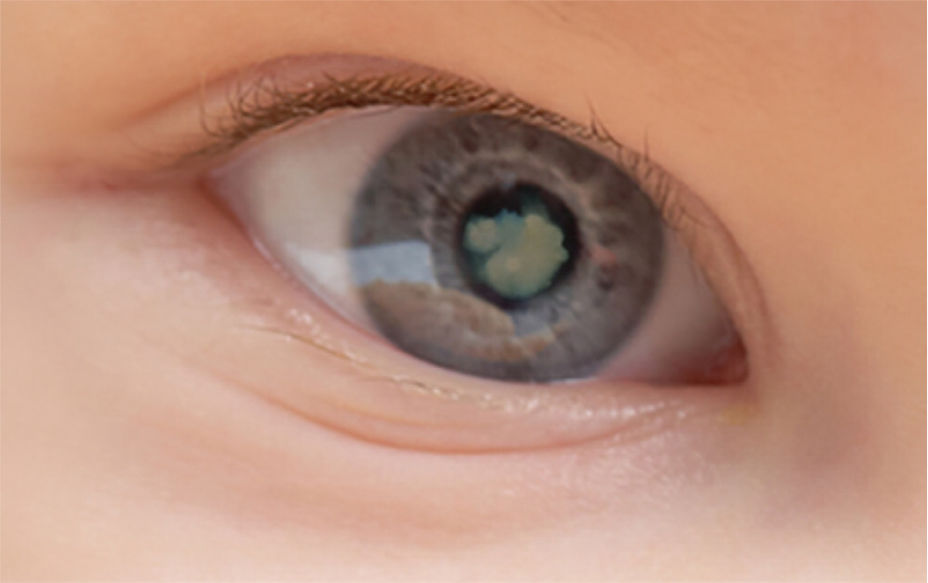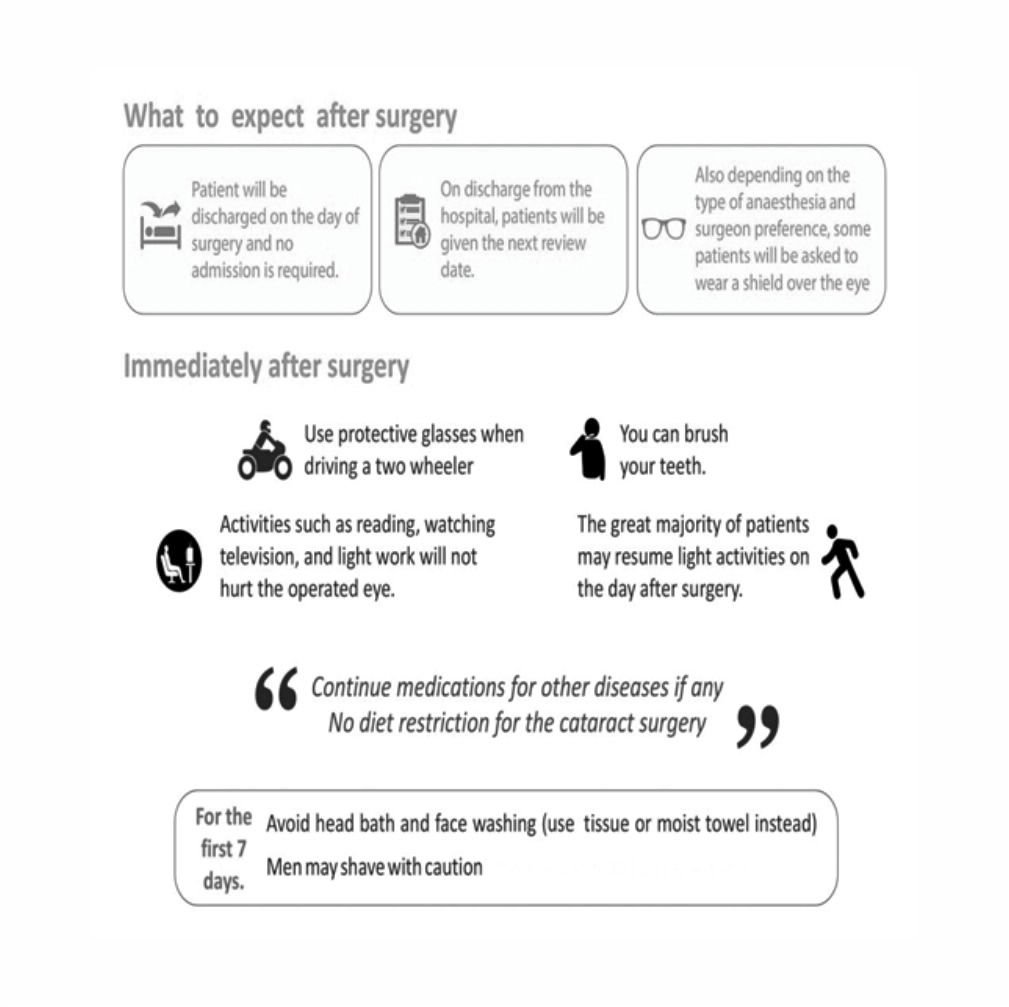
• Painless blurring of vision
• Frequent change of glasses
• Glare and haloes seen around light source
• Poor night vision
• Difficulty in appreciating colour shades

The most common cause is the normal age related changes in the natural lens. Just as hair turns white or wrinkles appear due to age, the natural lens loses its transparency.

Sometimes a child is born with cataract in the eyes. A common cause for this is ante-natal TORCH infection.

A blunt or penetrating injury to the eye may lead to cataract formation.
Patients with a history of long-term steroid medication, kidney disease, thyroid disorders or diabetes are more prone to developing cataracts.
MANUAL SMALL INCISION CATARACT SURGERY (SICS)
• Requires a smaller incision of 6mm.
• The cataract is removed manually and a foldable intraocular lens (IOL) is implanted
• No stitches
• Heals fast
PHACOEMULSIFICATION
With phacoemulsification and implantation of foldable intraocular lens (IOL), the treatment of cataract has become very sophisticated yet simple. The procedure is safe, accurate and leads to rapid recovery. Thus, phacoemulsification with foldable lens implant is the most recommended treatment for cataract.
We perform most cases under topical anaesthesia (only anaesthetic drops). A very small (1.8mm.) incision is made through which a thin phaco probe is inserted into the eye. This probe, with the help of ultrasonic energy, breaks the cloudy lens into small fragments. These are further emulsified and then aspirated through the same probe. An artificial foldable intraocular lens is now inserted through the same small incision. No sutures need to be taken and the eye does not need to be patched. The whole produce approximately lasts about 10-12 minutes.
You can go home half an hour after surgery and can resume normal activities such as reading and watching television on the same day. Thus this is a no stitch, no pad, no injection surgery! Visual rehabilitation is also much earlier than with conventional cataract surgery. Phacoemulsification is the current popular trend for cataract surgery worldwide. With it, cataract surgery has become simple, comfortable and safe.

are implantable lenses made of acrylic or silicone materials and placed permanently in the eye after removal of the eye’s natural lens. Monofocal lenses have a single zone of clear focus, usually set for excellent distance vision, but require the use of reading glasses for near tasks, like reading
incorporate both distance and near powered segments in one lens. The base power bends light coming from distant objects to a single focal point on the retina. The higher power segments bend light from near objects to the same focal point on the retina. Multifocal IOLs greatly reduce the likelihood of wearing glasses or contact lenses after surgery.

are intraocular lenses that reduce the effect of pre-existing corneal astigmatism by reducing the residual refractive cylinder and improve the quality of uncorrected distance vision.
Ideally, the lens is placed in the capsular cover (bag) of the lens using the support structure of the natural lens. However, there will always be instances where “in the bag” implantation isn’t possible, requiring that the IOL be sutured to the sclera with special permanent sutures. Trans-scleral suturing of Posterior Chamber IOL or Scleral Fixated Intraocular lens (SFIOL) is well established and is a good option in patients with insufficient capsular support or zonular support, either as a primary or secondary implantation. The other options in these cases are Anterior Chamber IOLs and Iris Fixated IOLs. Each has its merits and demerits.

In trained hand it is safer because of reduced risk of injury & infection to eye.
No. this surgery is best performed in early stages of cataract and there is no need for the cataract to get matured. Hence the patient need not wait till a near stage of blindness. Also harder the cataract, the harder it is for the surgeon to remove it.
Since this surgery involves very few loss of working days and early resumption of routine activities, this surgery proves to be cheaper.
Yes, this can be performed without any difficulty or any effect on the previously operated eye.
Yes, it is a surgery of choice for them.
No, there are few exceptions specially if the cataract is very mature and hard.
Usually the Spectacles are required for near vision and occasionally for distance vision.
No surgeon can guarantee 20/20 vision because everybody's eyes function differently. However, our patients have been reporting excellent results and most enjoy the majority of their activities without glasses.
Insurance coverage varies greatly from policy to policy. Generally speaking, private insurance and Medicare will cover the cataract surgical procedure and may also allow a certain additional amount for a standard lens implant.